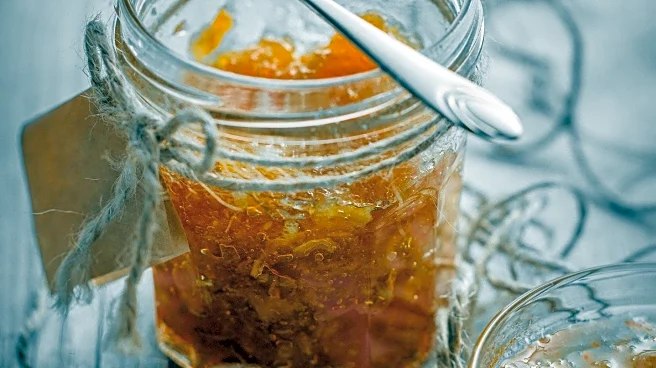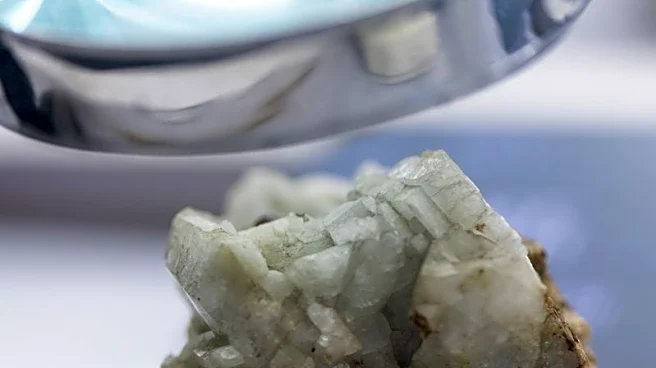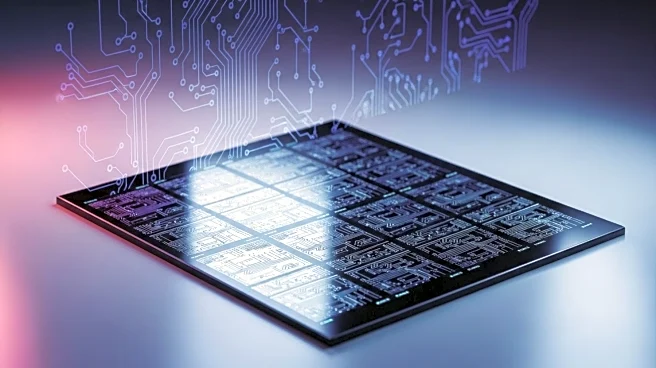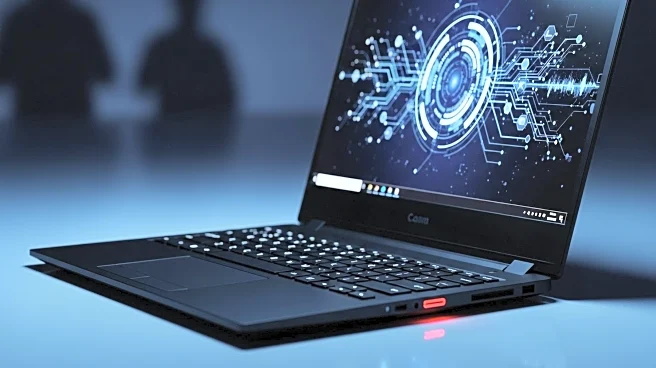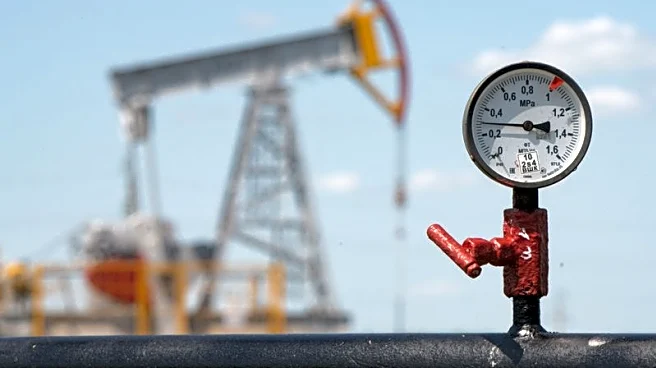What's Happening?
Motiva, a breast implant manufacturer, is set to introduce a new breast augmentation technique called 'Preservé' in the United States. This procedure aims to enhance breast size modestly while minimizing scarring, discomfort, and downtime typically associated
with traditional breast surgeries. Preservé has already been launched in Brazil and 28 other countries earlier this year. The technique uses small silicone-gel implants and newly designed surgical tools to preserve the breast's natural anatomy and function. Over the summer, 36 board-certified plastic surgeons from the U.S. visited Motiva's headquarters in Costa Rica to learn and perform the procedure under the guidance of Dr. Manuel Chacón Quirós. These surgeons are now conducting cases in their practices to promote the procedure and gather data for publication.
Why It's Important?
The introduction of Preservé represents a significant advancement in breast augmentation techniques, offering a less invasive option for patients seeking cosmetic enhancement. This development could potentially reduce the risks associated with traditional breast surgeries, such as capsular contracture and implant rupture. The procedure's focus on preserving breast tissue aligns with broader trends in plastic surgery that emphasize less invasive methods. As the technique gains traction, it may influence industry standards and patient expectations, potentially leading to increased demand for similar procedures that prioritize minimal invasiveness and natural aesthetics.
What's Next?
The official U.S. launch of Preservé is scheduled for early 2026. In preparation, the 36 trained surgeons will continue performing cases to promote the procedure and collect data. This data will be crucial for validating the technique's effectiveness and safety, potentially influencing its adoption by more surgeons. As the procedure becomes more widely available, it may attract attention from patients seeking alternatives to traditional breast augmentation methods. The success of Preservé could also encourage further innovation in the field of cosmetic surgery, leading to the development of new techniques that prioritize tissue preservation and minimal invasiveness.
